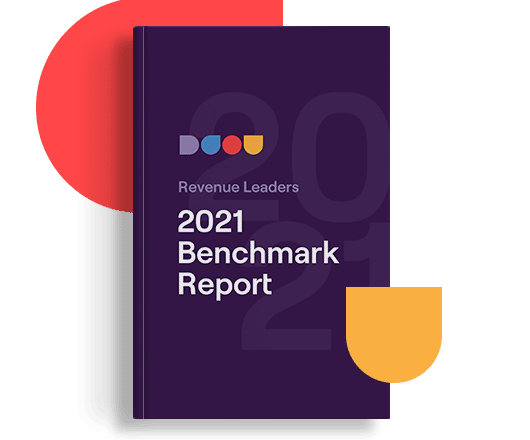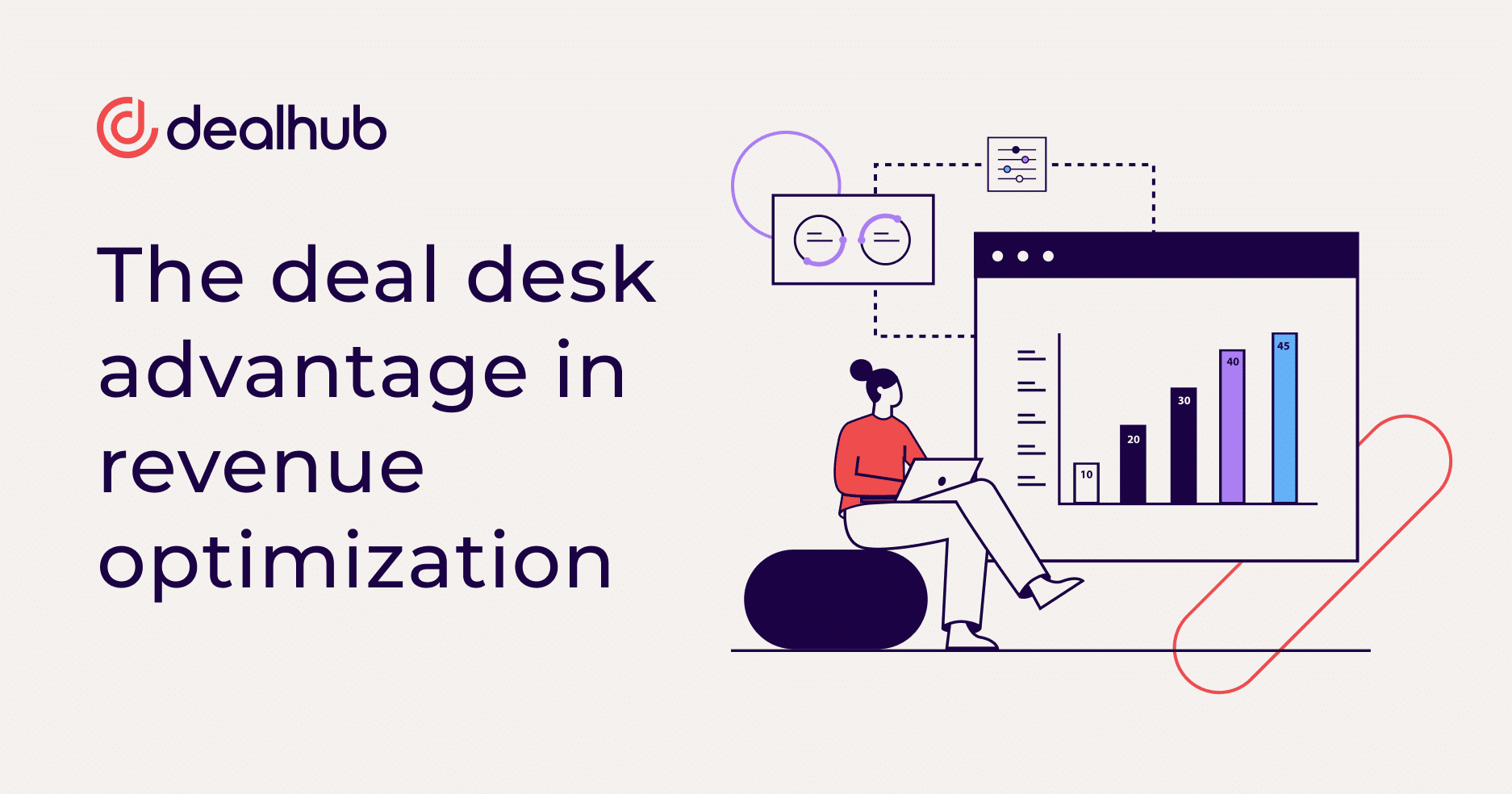As the B2B world faces a digital transformation of its own, companies have a similar opportunity to scale their output and reach new levels of revenue potential.
This is certainly the case among sales teams, which typically deal with laborious and manual processes that limit their productivity and steer them away from their primary goal of selling.
The Problem With Traditional Sales Proposals
Manual sales proposal processes may be manageable up to a point, but all the time spent on administrative tasks and ineffective communications prevents your company from scaling up and reaching your revenue goals.
Tedious manual processes
Manual processes are an inefficient use of salespeople’s time. Sales reps typically spend several hours preparing proposals, contracts and legal documents for each client, even while following sales operations best practices. For example, 64% of enterprises that don’t use a CPQ need more than 30 minutes to prepare and send a quote, plus more than an hour to prepare and send a sales proposal.
These manual processes are also subject to human error, meaning updates might not happen on time and you’ll have small numerical discrepancies across the sales process. When it comes to large or complex price quotes or orders, you can imagine the potential revenue impact of a relatively small numerical error.
Difficulty maintaining price books
Pricing and packaging are not static and may change frequently. Some SaaS companies, for example, adjust their pricing every 6 months. In spite of that – or possibly as a result – 41% of surveyed professionals report that plan changes are their number one challenge.
Managing updates by manually hard-coding changes in the back end creates additional overhead and puts the burden on other teams to keep up. Worst case, it leads to sales reps using old and incorrect price lists they’ve downloaded in the past, resulting in lost revenue.
Unprofessional-looking documents
Good presentation demonstrates credibility and professionalism. But when all your sales outputs are created manually, reps end up using different proposal templates, formats and document types. This leads to inconsistency and often ends up looking unprofessional to customers. Automation allows you to set brand standards for your business proposals and standardize best practices across your team.
Ineffective communication among stakeholders
B2B sales often require buy-in from multiple parties within an organization, producing message threads and email chains that are lengthy and difficult to follow. This type of communication leads to frustration, inefficiency and miscommunication, and makes it difficult to secure approvals in a timely manner – often a determining factor in whether a deal gets done.

How Sales Proposal Automation Software Drives Results
By using online proposal software and injecting automation into your sales proposal creation process, your sales rep can generate accurate and professional-looking price quotes, no matter how large or complex, with minimal time and effort.
Here are five ways that sales proposal automation drives better processes, and ultimately, accelerates revenue.
1. Keeps your CRM up to date
Your CRM is filled with data that is used again and again throughout the sales process. Keeping that data synced between all relevant assets reduces errors and streamlines the sales process. CRM document generation is a key function of sales proposal automation software, in that it allows reps to instantly create sales documents by pulling updated data right from your CRM – saving them valuable time, preventing errors, and putting proposals in front of customers more quickly.
2. Streamlines communication via workflows
Centralizing cross-party collaboration is a key step to improving your sales process. DealHub’s solution to this is our proprietary DealRoom, which brings sales teams and customers together in real-time so you can collaborate, engage key decision-makers, and close deals faster.
Now let’s say a quote needs to be approved by Tina, who is in accounting, and Bill, VP of Sales. Tina logs into the digital DealRoom to provide her approval. But afterwards, John makes some changes of his own. In this case, a workflow can be triggered to automatically resend the quote to Tina for approval.

3. Sets guardrails for discounts
Reps want to make as many sales as possible, and discounts help them get there more quickly. Unfortunately, when not managed properly, this has a negative impact on the need to protect profit margins and obtain managerial approval.
By utilizing automation to standardize your sales proposal process, you can build dynamic guardrails on discounting into your CPQ. This means that any discount over a set threshold will trigger an approval workflow, resulting in a clear and automated process around approvals. Your company will no longer be leaving money on the table with inappropriate discounts that eat into your profit margins.
4. Provides buyer engagement data
Through digital transformation of your sales process, you can collect buyer intent data that was previously unattainable. For example: with our DealRoom solution, you can get real-time notifications that reveal where your buyers stand in the process, which stakeholders are involved, and where things are at a standstill. Then you can use those insights to sell more strategically – for example, by timing your follow-up, or by having senior figures step in and help overcome obstacles in the process.
5. Helps onboard sales reps faster
A sales playbook within your CPQ gives sales reps the tools and guidance they need to onboard faster and sell more strategically and efficiently. It takes them step-by-step through a series of predefined questions and fields to help them deliver fast and accurate quotes to buyers, and generate error-free quotes in any branded format. By enabling them to select the right configurations for each unique customer, you can facilitate pricing consistency, error-free quoting, and faster approvals.
Summing it all up
Underestimating the importance of sales proposal automation is a risk your company can’t afford to take. With B2B sales processes being so complex, revenue leakage can easily occur as a result of legacy tools and manual processes. Implementing automated workflows and processes will allow you to save time, effort and money.
DealHub’s #1-rated CPQ and contract management solution, powered by a guided selling playbook, simplifies and streamlines the selling process and enables sales teams to enforce sales operations best practices. Want to gain more insights into the impact of sales proposal automation on revenue and sales productivity?
Download our 2021 Benchmark Report for Revenue Leaders
Discover how B2B companies are tackling pricing challenges and the sales tech stack









